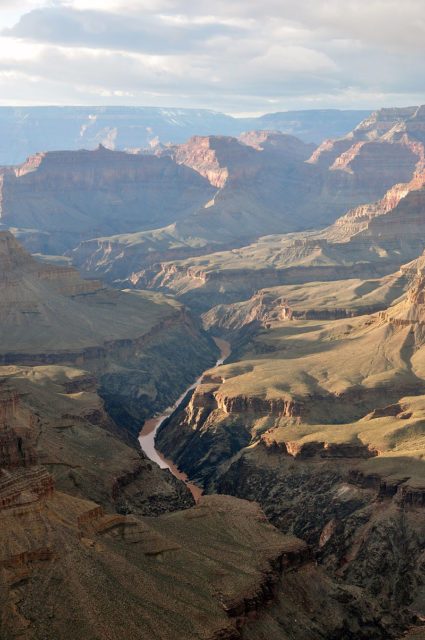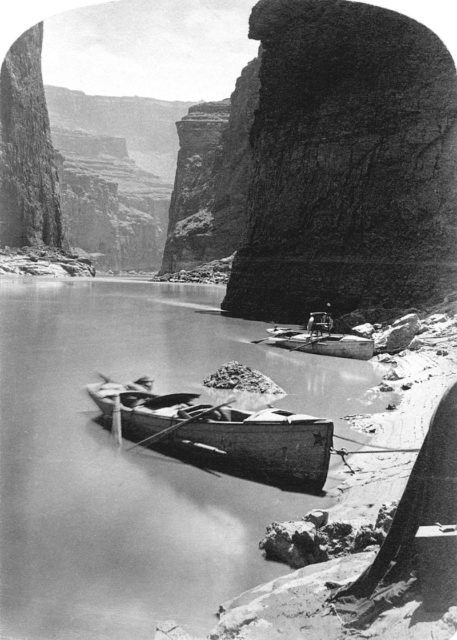The Grand Canyon has a look-alike in Asia
For those who have traveled to the Grand Canyon in the United States, how did you feel? Quite breathtaking, right? It was thought that this natural landmark was one of a kind. However, it is truly remarkable that there is nearly an identical canyon all the way over in Asia.

This canyon across seas is known as Sharyn, or Charyn, Canyon. It stretches about 56 miles across Kazakhstan. Surprisingly, the canyon has the same reddish colored sandstone, as well as a larger river in the area. The locals have given the canyon the nickname “the Grand Canyon’s little brother.”
The canyon is located about 120 miles east of Almaty. It lies on the Chinese border and has many breathtakingly, colorful rock forms. If a visitor touched the rocks, it would crumble in their hands. The rock formations are of a pink and orange hue.
Visitors in Asia are able to walk right into the heart of the canyon. Back in 1964, the Canyon was declared a protected reserve of the Charyn National Park. In to get there, explorers must take a winding, gravel road that goes through the base of the rocks.
Although this is the way many travelers visit the canyon, it isn’t the only way to take in the scenery. There are smaller walkways around the entire canyon that allow the visitors to travel up and down the columns. For those who don’t know, the columns were naturally sculpted through the process of erosion; they were not put there by the national park rangers for the tourists.
During the summer months, the canyon can reach dreadful temperatures. Tourists who come during those months must be careful and rehydrate constantly. Thankfully there is the relief of the large river. Tourists swim, raft, kayak, and even fish on the waters. The fishermen, they take advantage of the Naked Osman fish that live in the waters.
Interestingly, this canyon is certainly less popular than the Grand Canyon in the United States. Unlike the Grand Canyon, tourists who visit Charyn are advised to pack their own food and water to come to this area. There is no food available to visitors.
Now that you know a little about the Grand Canyon’s little brother, here is a little more information about the Grand Canyon itself:
The Grand Canyon is located in Northern Arizona and is known for its beauty, size, and color. It measures to 270 miles long and is 18 miles wide and a mile deep. If one looks closely, the rocks on the walls reveal some of Earth’s oldest history.

The canyon has even revealed ruins and artifacts that were used by humans nearly 12,000 years ago. In the 1800s, trappers and other men sent by the United States government had begun to explore and map out the canyon.
Native Americans had lived around the Grand Canyon 4,000 years before it became a National Park. The first people known to live in the area had been the Pueblo people, also known as the Basketmaker culture. Later on, the Pueblo people had slowly begun to turn into the Desert Culture. They had become known as less nomadic and depended more on the agriculture in the area.
Another culture similar to the Pueblo people had been called the Cinchona. However, during the late 13th Century, it is thought drought had caused both groups of people to move on. Other people had followed such as the Paiute, Cerbat, and the Navajo. These people would later be forced to live on the reservations by the United States Government.
It was first given protection in 1893 as a Forest Reserve. Later on, it became a National Monument, earning the National Park name in 1919.
The entire canyon takes up over one million acres and has about five million tourists a year.
